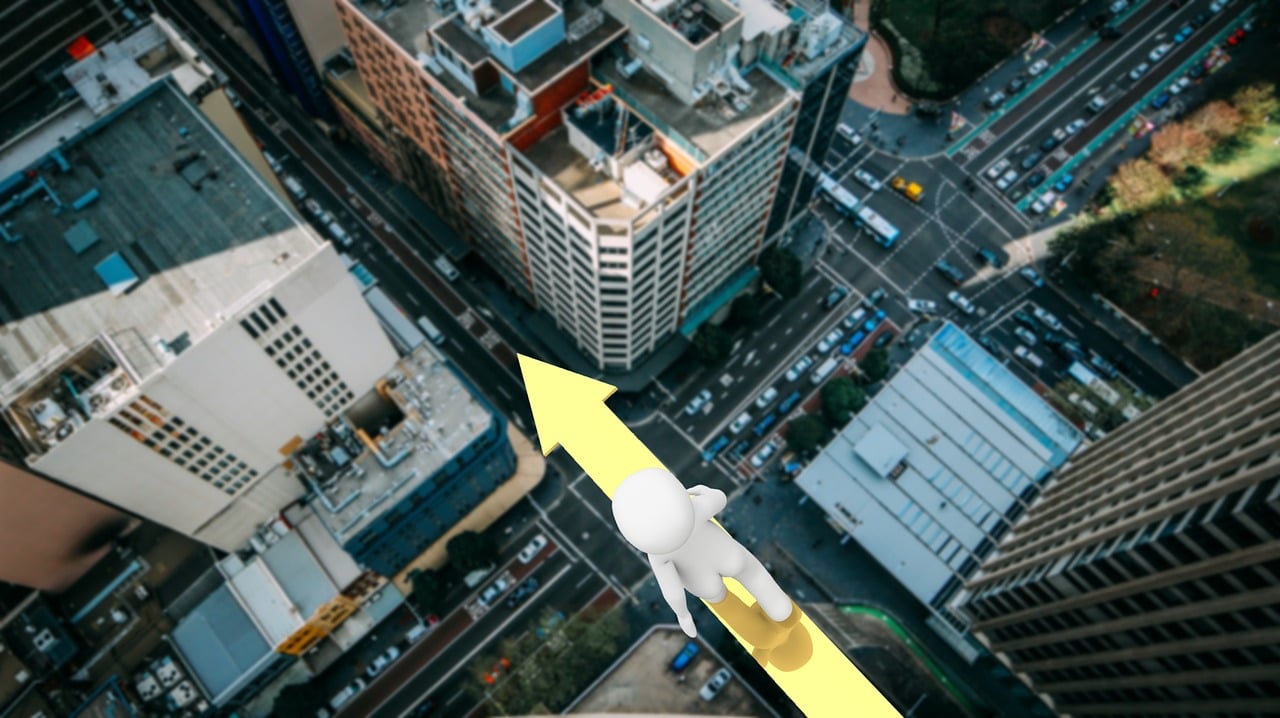Title: PEST Analysis of Luzhniki Stadium
Content:
Introduction:
Luzhniki Stadium, located in Moscow, Russia, is one of the largest and most iconic sports venues in the country. Conducting a PEST analysis on Luzhniki Stadium will help to understand the external macroenvironmental factors that could impact its operations and future development.
Political Factors:
Government Policies: The political climate in Russia can greatly influence the operations of Luzhniki Stadium. Changes in government policies, especially related to sports infrastructure and events, may impact the funding, management, and future development plans of the stadium.
International Relations: International relations between Russia and other countries can affect the hosting of international sports events at Luzhniki Stadium. Diplomatic relations and geopolitical tensions may influence the frequency and scale of such events.
Economic Factors:
Economic Stability: The overall economic stability of Russia will affect the financial viability of Luzhniki Stadium. In times of economic downturn, public and private spending on sports and entertainment may decrease, impacting the stadium's revenue.
Infrastructure Investment: Government investment in infrastructure development can improve transportation links and accessibility to the stadium, enhancing the overall experience for visitors and fans.
Social Factors:
Cultural Events: The social and cultural landscape in Russia can influence the type and frequency of nonsporting events held at Luzhniki Stadium. Understanding and adapting to the cultural preferences and trends of the local population is vital for maximizing the stadium's utilization.
Fan Engagement: Social trends and preferences can impact the demand for different sports and events. Luzhniki Stadium needs to align its offerings with the changing social preferences of the audience to maintain and attract a diverse fan base.
Technological Factors:
Digital Infrastructure: The advancements in digital technology can enhance the stadium experience through improved ticketing systems, interactive fan engagement, and virtual reality experiences. Embracing and investing in the latest technologies can keep Luzhniki Stadium competitive in the sports and entertainment industry.
Sustainability Initiatives: Implementing ecofriendly and sustainable technologies can help the stadium reduce its environmental footprint, meet regulatory requirements, and align with global trends towards green initiatives.
Conclusion:

Conducting a comprehensive PEST analysis for Luzhniki Stadium provides valuable insights into the external factors that can impact its operations and strategic decisions. By closely monitoring and adapting to the political, economic, social, and technological changes, Luzhniki Stadium can position itself as a modern, sustainable, and thriving sports venue in Russia and on the international stage.
版权声明
本文仅代表作者观点,不代表百度立场。
本文系作者授权百度百家发表,未经许可,不得转载。











